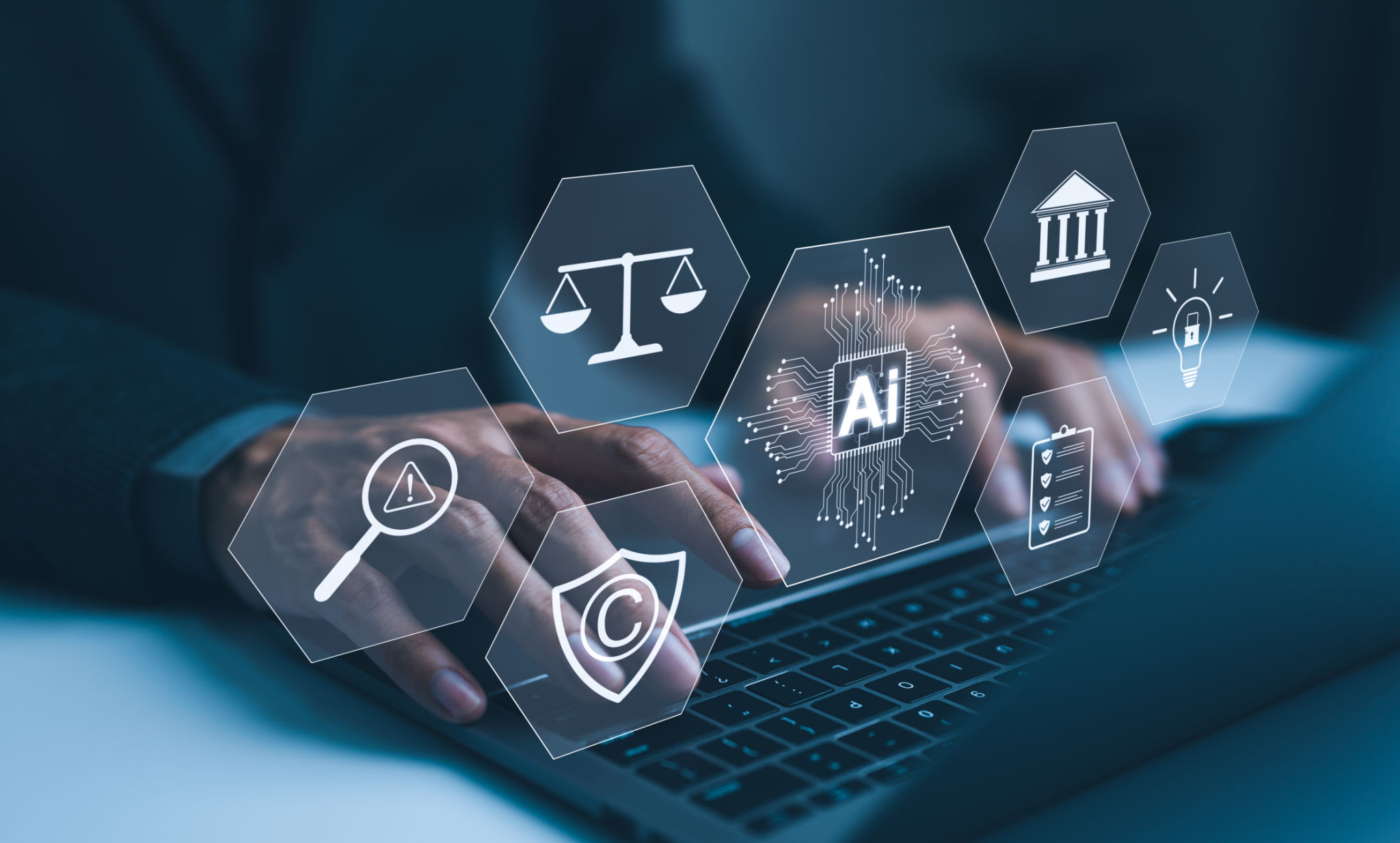AI Employee vs. Human Employee: A Complementary Relationship
Introduction to AI and Human Employees
In the modern workplace, the rise of artificial intelligence (AI) has sparked numerous discussions about its impact on human employment. While some fear that AI might replace human jobs, a more balanced view suggests that AI and human employees can form a complementary relationship. This dynamic partnership can lead to increased productivity and innovation within organizations.
AI systems excel in handling repetitive tasks, data analysis, and pattern recognition, allowing human workers to focus on creative, strategic, and interpersonal aspects of their roles. By leveraging the strengths of both AI and humans, businesses can achieve a harmonious balance that benefits both employees and employers.

The Strengths of AI in the Workplace
AI is particularly adept at performing tasks that require high precision and speed. Its ability to process vast amounts of data quickly makes it invaluable in industries such as finance, healthcare, and manufacturing. For instance, AI can analyze financial trends or medical records far faster than a human could, providing insights that drive better decision-making.
Moreover, AI can operate 24/7 without fatigue, ensuring constant productivity. This capability is crucial for operations that require continuous monitoring or data processing. By taking over mundane tasks, AI frees up human employees to focus on more complex and rewarding work.
Automation of Routine Tasks
One of the primary benefits of AI is its ability to automate routine tasks. Activities such as data entry, scheduling, and inventory management can be efficiently handled by AI systems. This automation not only increases efficiency but also reduces the likelihood of human error.

The Unique Contributions of Human Employees
While AI offers many advantages, human employees bring unique skills and qualities that machines cannot replicate. Creativity, empathy, and ethical judgment are areas where humans excel. These attributes are particularly important in roles that require innovation, customer interaction, and leadership.
Human employees are also essential for tasks that involve complex problem-solving and strategic planning. In these scenarios, the human touch is irreplaceable, as it often involves understanding nuances and making decisions based on incomplete information.
Interpersonal Skills and Emotional Intelligence
Interpersonal skills and emotional intelligence are critical components of many jobs, especially those involving teamwork and client relations. Humans are naturally equipped to navigate social interactions, understand emotional cues, and build relationships—areas where AI still has significant limitations.

Creating a Synergistic Workplace
To maximize the potential of both AI and human employees, organizations should strive to create a synergistic workplace where both parties complement each other. This involves redefining roles and responsibilities to leverage the strengths of each. By doing so, companies can foster an environment where creativity flourishes alongside efficiency.
Training programs and workshops can help prepare employees to work alongside AI technologies effectively. Equipping the workforce with the necessary skills to collaborate with AI ensures that both humans and machines contribute positively to the organization's goals.
Navigating Ethical Considerations
The integration of AI into the workplace also brings ethical considerations that need careful navigation. Issues such as data privacy, algorithmic bias, and job displacement must be addressed responsibly. Organizations should implement policies that prioritize ethical AI use while ensuring fair treatment and opportunities for all employees.

Conclusion: Embracing the Future Together
The relationship between AI and human employees is not one of competition but of collaboration. By embracing the complementary nature of this relationship, organizations can unlock new levels of innovation and efficiency. The future lies in harnessing the best of both worlds—AI's analytical prowess combined with human creativity and empathy.
As we move forward into an era where technology continues to evolve rapidly, it is crucial for businesses to adapt by fostering workplaces where AI and humans work side by side. This approach not only enhances productivity but also ensures a sustainable future for employment in an increasingly automated world.